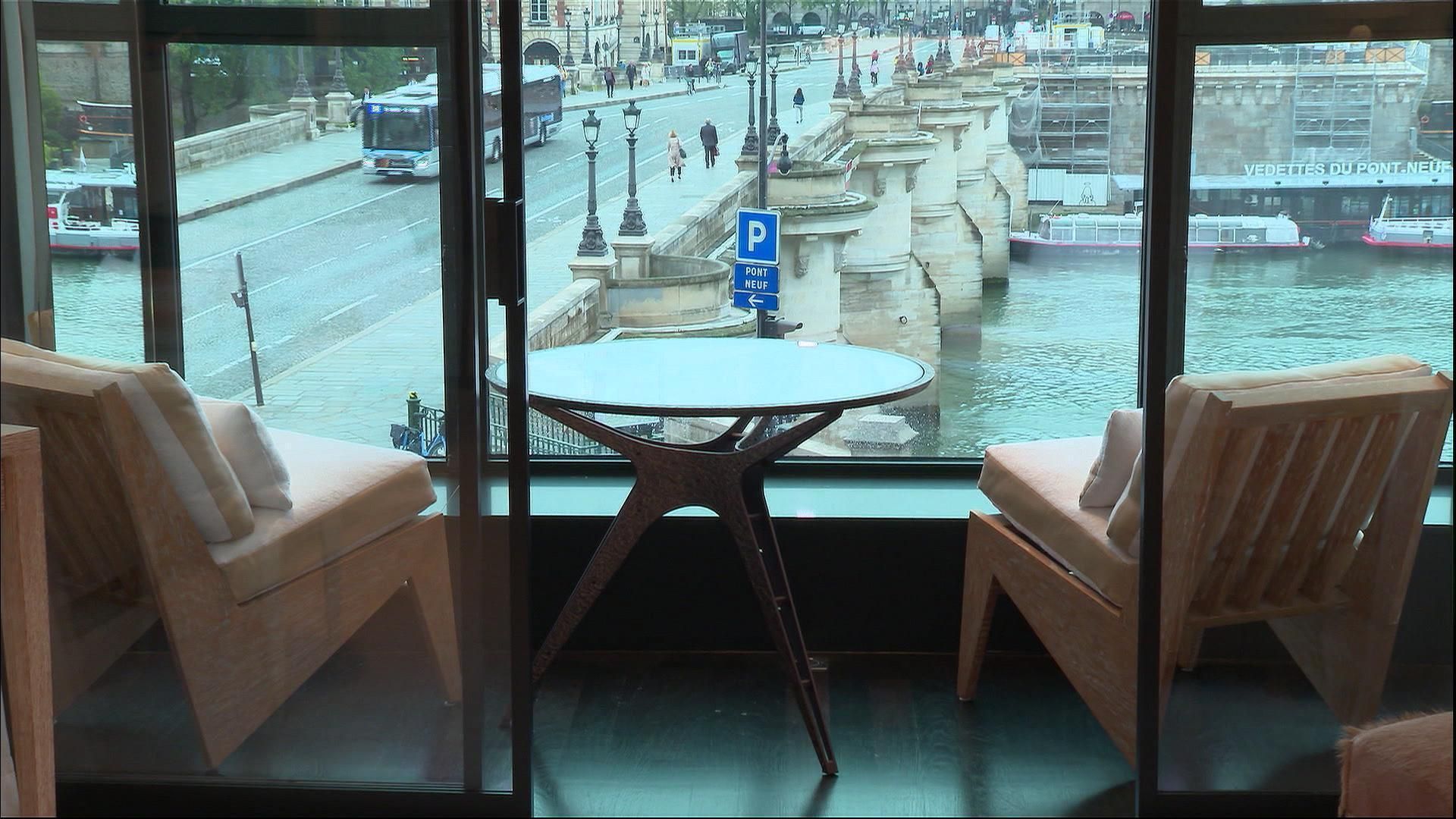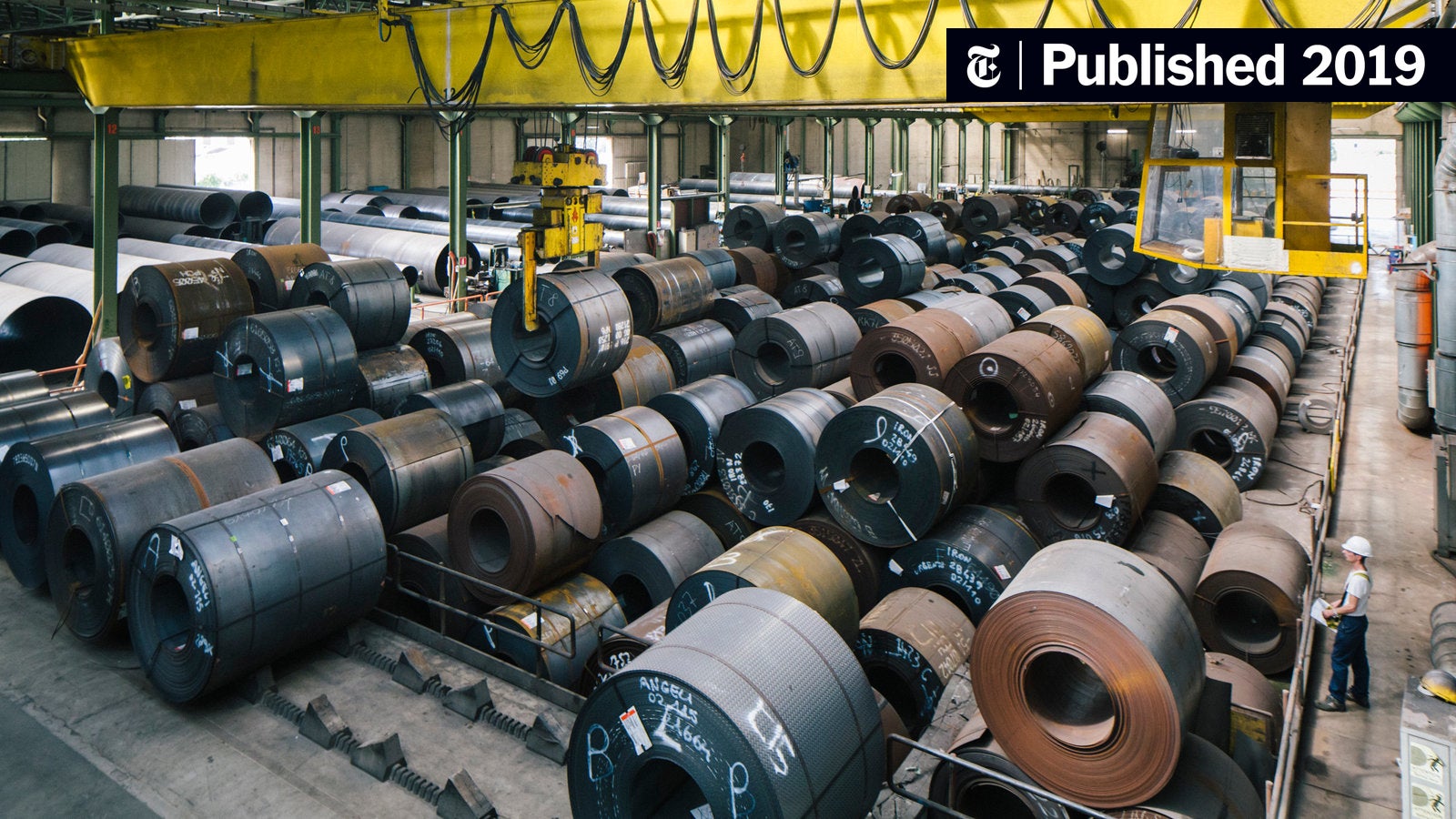Paris In The Red: Luxury Goods Sector Slump

Table of Contents
Declining Tourist Spending
A major contributor to the Paris luxury goods slump is the decline in tourist spending. International tourists are a key driver of luxury sales, and a decrease in their numbers significantly impacts the sector's performance.
Impact of Geopolitical Instability
The current global climate is significantly impacting luxury spending in Paris.
- Reduced spending from Russian and Eastern European tourists: Sanctions and travel restrictions have dramatically reduced the number of high-spending tourists from these regions.
- Lower overall tourist numbers impacting foot traffic in luxury boutiques: Global uncertainty and economic anxieties have led to a general decrease in international travel, resulting in less foot traffic in Parisian luxury stores.
- Increased travel costs discouraging luxury shopping trips: Inflation and rising fuel prices have made international travel more expensive, deterring potential luxury shoppers. The cost of flights and accommodation now represents a larger proportion of a tourist's budget, reducing the amount available for discretionary spending on luxury items.
Shifting Consumer Preferences
Changing consumer attitudes are further impacting demand for luxury goods in Paris.
- Rise of sustainable and ethical brands challenging traditional luxury: Younger generations are increasingly conscious of ethical and environmental issues, favoring brands that align with their values. This shift is forcing established luxury houses to reconsider their production methods and marketing strategies.
- Growing popularity of experiential travel over shopping sprees: Experiences are becoming more valuable than material possessions for many tourists, meaning they prioritize activities and unique cultural encounters over extensive shopping trips.
- Increased focus on digital experiences and virtual goods: The rise of the metaverse and digital fashion is offering alternative avenues for self-expression and status signaling, potentially diverting spending away from traditional luxury items.
Economic Headwinds
Beyond tourism, significant economic challenges are contributing to the Paris luxury goods slump.
Inflation and Cost of Living Crisis
Soaring inflation and the global cost-of-living crisis are impacting consumer spending on luxury goods, both domestically and internationally.
- Reduced disposable income affecting luxury purchases: With rising prices for essential goods and services, consumers have less disposable income to spend on luxury items. This is impacting both tourists and Parisians alike.
- Increased prices of luxury goods further impacting affordability: Luxury brands have been forced to increase prices to offset rising production costs, making luxury goods even less accessible.
- Consumers prioritizing essential spending over luxury items: In times of economic uncertainty, consumers prioritize essential spending, pushing luxury goods down their list of priorities.
Supply Chain Disruptions
Ongoing supply chain disruptions add to the pressure on the luxury sector.
- Increased raw material costs impacting final product pricing: The cost of raw materials, such as leather, silk, and precious metals, has significantly increased, impacting the final price of luxury goods.
- Shipping delays and logistical issues impacting stock levels: Disruptions to global shipping networks have caused delays and shortages, affecting the availability of luxury products in Parisian boutiques.
- Difficulties sourcing high-quality materials for luxury production: The reliability and availability of high-quality materials crucial for luxury production remain a significant challenge.
The Future of Parisian Luxury
Despite the current challenges, the future of Parisian luxury is not without hope.
Adapting to Change
Luxury brands are responding to the slump by implementing several strategies:
- Investment in digital marketing and online sales channels: Brands are increasing their online presence to reach a wider audience and offset the decline in physical store traffic. E-commerce is becoming crucial for reaching international markets and younger demographics.
- Expansion into new markets and demographics: Luxury brands are diversifying their target markets, exploring new geographic regions and demographics to broaden their customer base.
- Development of new, more sustainable luxury products: Catering to environmentally conscious consumers is becoming essential for maintaining market share.
Government Support and Initiatives
Government intervention may be necessary to support the luxury sector and encourage tourism.
- Tax incentives for luxury brands: Tax breaks and other financial incentives could help alleviate the burden of increased production costs and encourage investment in the sector.
- Investment in tourism infrastructure and marketing: Investing in tourism infrastructure and marketing campaigns could attract more international tourists to Paris.
- Support for smaller luxury boutiques and artisans: Targeted support for smaller businesses can help preserve the unique character of Parisian luxury and ensure the long-term health of the sector.
Conclusion
The Paris luxury goods slump presents a significant challenge to the city's economy. Declining tourist spending, economic headwinds, and evolving consumer preferences contribute to the downturn. However, through adaptation, strategic innovation, and potentially government support, the Parisian luxury sector can navigate this difficult period and reclaim its position as a global leader. Understanding the intricacies of this Paris luxury goods slump is crucial for brands, policymakers, and anyone invested in the future of this iconic industry. Staying informed on the evolving situation regarding the Paris luxury goods sector is key to navigating this challenging landscape. By analyzing the causes of the Paris luxury goods downturn and proactively adapting to changing consumer preferences and economic conditions, the industry can navigate this difficult time and emerge stronger.

Featured Posts
-
 254 Apple Stock Price Prediction Analysts Outlook And Investment Implications
May 24, 2025
254 Apple Stock Price Prediction Analysts Outlook And Investment Implications
May 24, 2025 -
 Jonathan Groffs Just In Time Opening Lea Michele And Co Stars Celebrate
May 24, 2025
Jonathan Groffs Just In Time Opening Lea Michele And Co Stars Celebrate
May 24, 2025 -
 Bengaluru Welcomes Ferraris First Official Service Centre
May 24, 2025
Bengaluru Welcomes Ferraris First Official Service Centre
May 24, 2025 -
 The Ultimate Guide To Country Living Your Escape Awaits
May 24, 2025
The Ultimate Guide To Country Living Your Escape Awaits
May 24, 2025 -
 8 Stock Market Gain On Euronext Amsterdam After Trumps Tariff Action
May 24, 2025
8 Stock Market Gain On Euronext Amsterdam After Trumps Tariff Action
May 24, 2025
